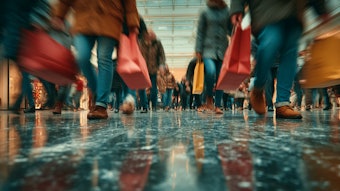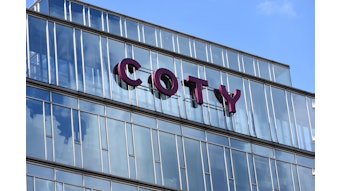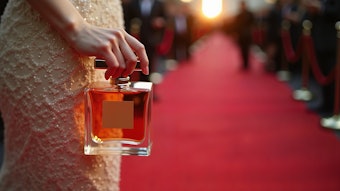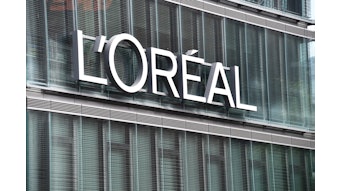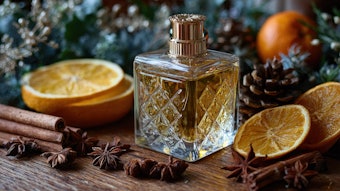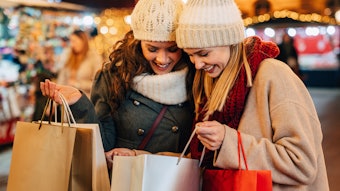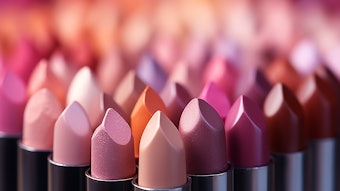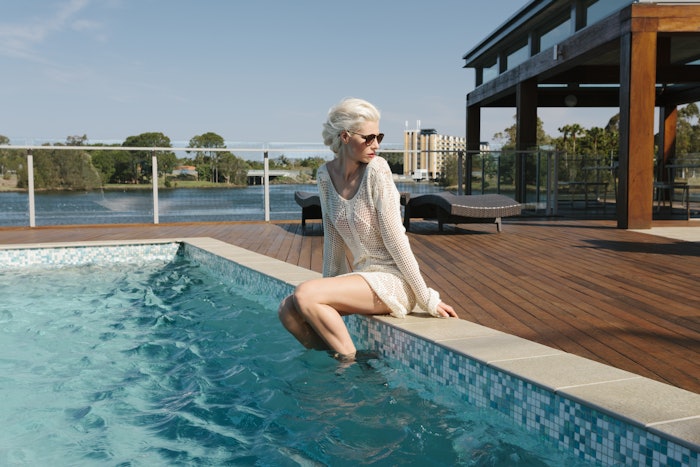
Want more market data analysis? >>> After a three-year hiatus, Beauty Accelerate returns in-person in NYC September 28-29, 2022 at the Metropolitan Pavilion, featuring NPD analyst Jennifer Famiano, who will provide insights into the beauty trends driving growth. Registration is now open.
Given today's economic news in the United States, many are arguing over whether the country is in a recession; but no matter the technical details, it's clear that the economy and consumers are feeling somewhat gloomy, even if employment and savings are in relatively good shape. While the beauty industry considers what that might mean for brand strategies for the back half of the year and 2023, the good news is that beauty sales remain strong.
UPDATE (August 17, 2022): According to new NPD data, U.S. households with annual incomes of more than $100,000 boosted their beauty spend by 14% in the first half of 2022, totaling almost $9 billion.
The high-earning consumer cohort comprises 40% of beauty sales revenue, per NPD, and is most engaged in makeup and skin care. Higher-earning women boosted makeup purchases by eight points, per NPD.
In fact, more than 80% of high-earning shoppers use facial skin care and makeup products, compared to 74% and 67%, respectively, among lower-earning shoppers.
The growth in the first half was driven by more buyers and higher spend per buyer, primarily among Gen X and millennials.
Notably, Gen X is the most likely group to spend on higher-priced beauty and is the sole demographic to have kept its usage of facial skin care steady, compared to declines across all other generations.
That said, millennials still use the most overall beauty products.
This data was made possible by NPD Checkout Omnichannel Tracking, which has added beauty to its data collection. The tracker draws on data from in-store and online receipts, according to the firm, giving a view into established retail channels, direct-to-consumer, peer-to-peer and digitally native outlets.
 Beauty consumers are seeking more value for their money, even in the prestige space, thereby driving up average sale prices in several categories in the Unites States and United Kingdom.
Beauty consumers are seeking more value for their money, even in the prestige space, thereby driving up average sale prices in several categories in the Unites States and United Kingdom.
PREVIOUSLY: As reported by NPD, U.S. prestige beauty sales revenue for Q2 2022 jumped 16% year-over-year, totaling $6 billion, according to The NPD Group. For context, the sector achieved 19% growth in Q1 2022.
This growth isn't limited to the United States. In the United Kingdom, NPD found that prestige beauty sales were valued at £926 million in the first half of 2022, an increase of 23% year-over-year.
In a new analysis, NPD's Larissa Jenson notes that the beauty category has experienced a double-digit rise in unit sales so far for 2022, which distinguishes it from all other industries covered by the firm.
Jensen notes that beauty may benefit from the category's ability to offer shoppers some comfort in uncertain times at a relatively accessible price point.
She explains, "The 'lipstick index' is the beauty industry’s economic indicator, and it is flashing red. When NPD overlayed lipstick sales volume over consumer sentiment trends from our partners at CivicScience, we found an opposite correlation between the two, indicating that consumers are treating themselves with beauty products."
Prestige in particular is benefitting from a growing base of households earning more than $100,000 per year. Those shoppers are well-positioned to indulge in beauty even in uncertain times.
An NPD analysis from the United Kingdom, meanwhile, shows that the market's growth is being driven by average price point growth of 8%, spurred by a desire for larger product sizes and more intensive formulas.
Women's fragrance format sales alone boomed 137% in the first half of 2022, while men's fragrance format sales doubled in the same period. Fragrances retailing for more than £125 now account for 11% of category sales, per NPD, up 4% year-over-year.
Total sales of women’s fragrance juices increased 34%, while sales of fragrance juices over 100 ml in size rose 50% in the first half of 2022.
The trend is being seen in the United States as well. As reported earlier, U.S. prestige fragrance is being boosted by a 25% jump in average price versus 2019, per NPD, with the average price for fragrances increasing 6% in Q2, versus 2021. That is twice the rate of the rest of prestige beauty.
Inflation is partly responsible for those increases, but so too is the desire for higher priced scents, per Jensen.
Other high-growth, premiumized sectors include foundations, which have had average prices jump 10% year-over-year in the first half of 2022. Average prestige skin care sale prices in the United Kingdom were also up 7%, per NPD, compared to 4% for the mid-range sector.
The key takeaway? Consumers, at whatever level, are seeking more value for money.
